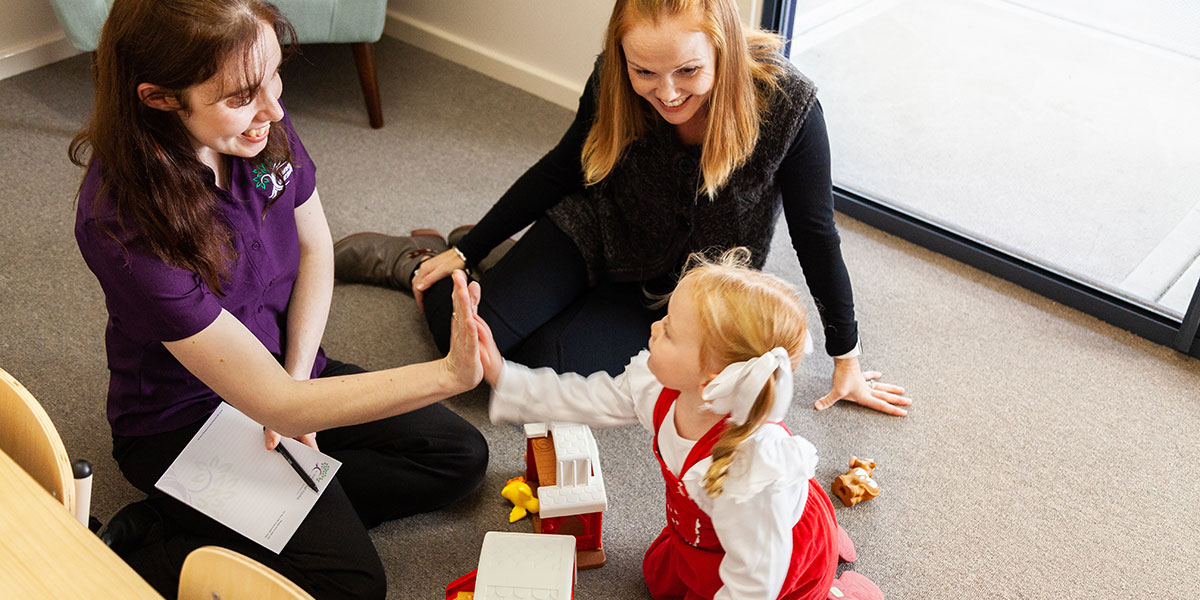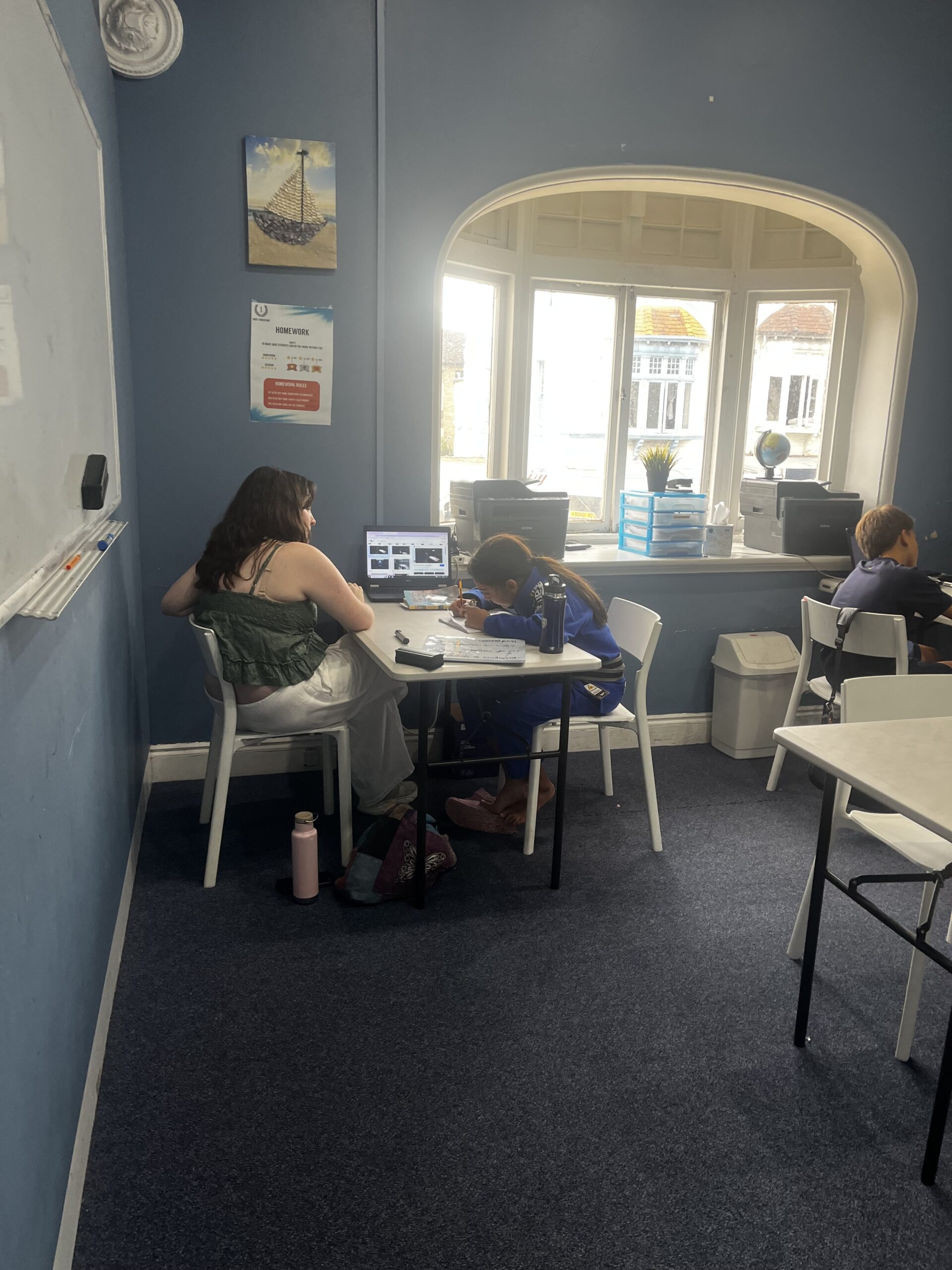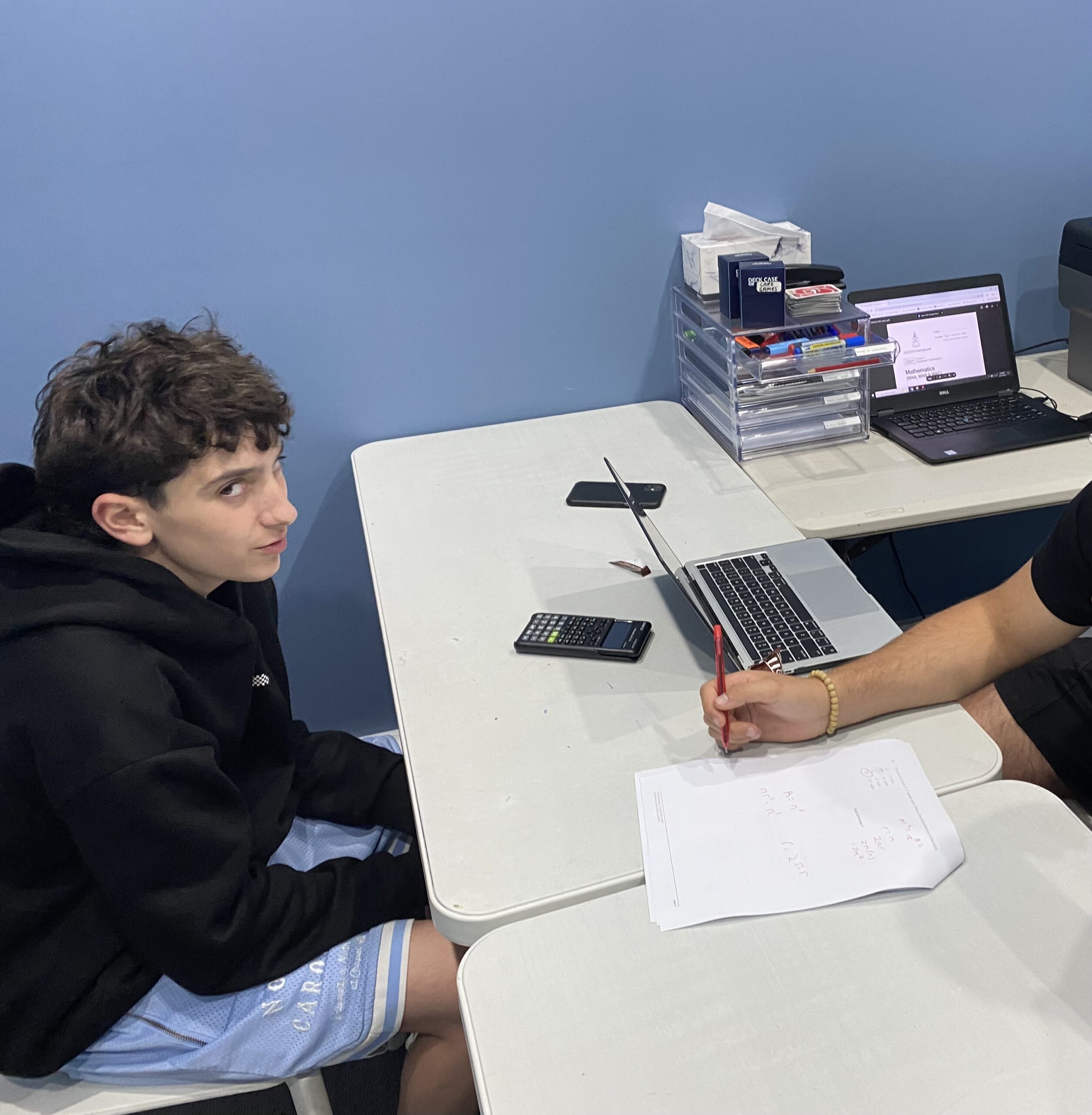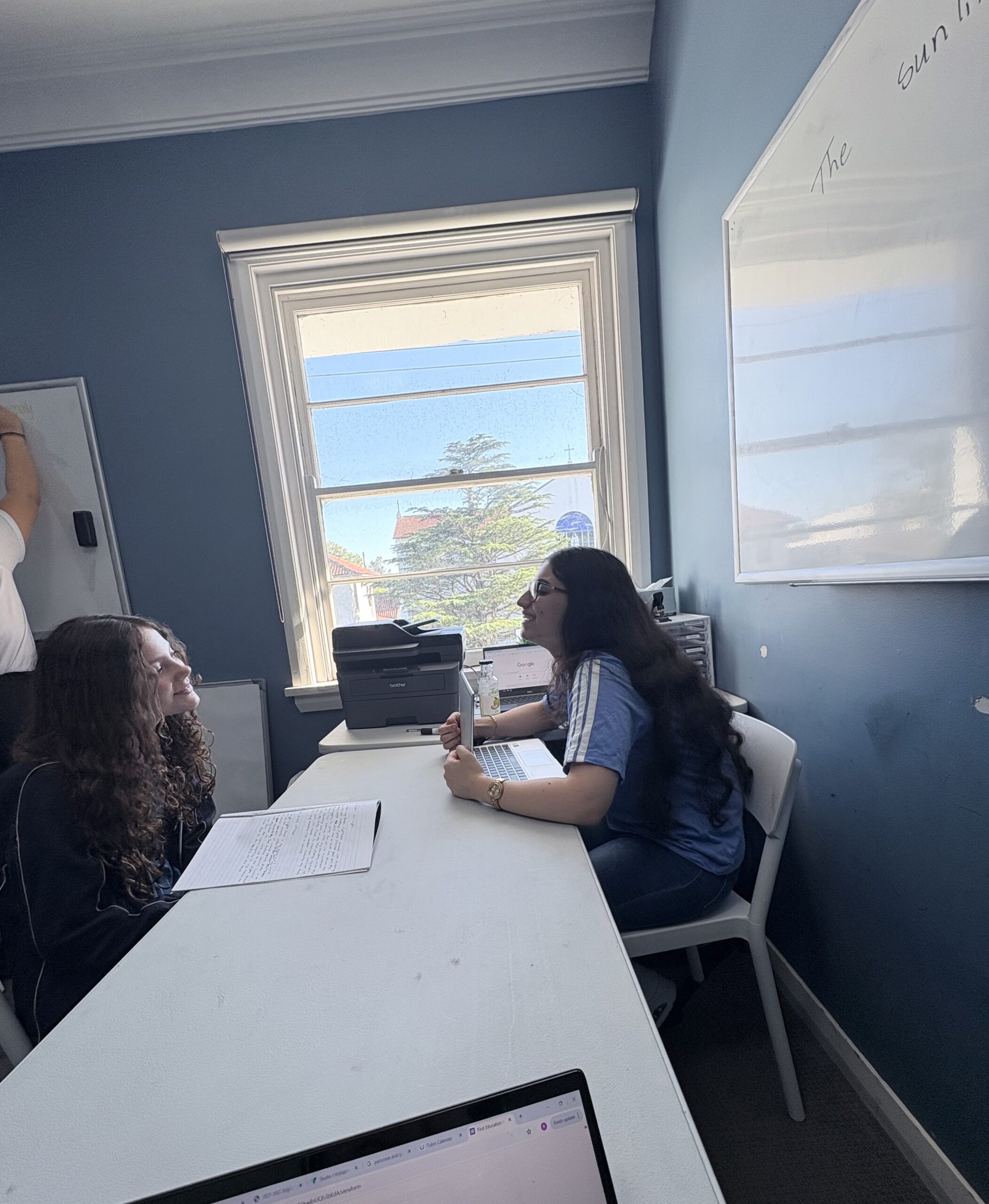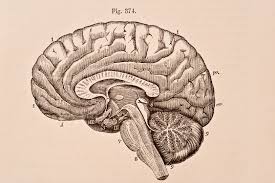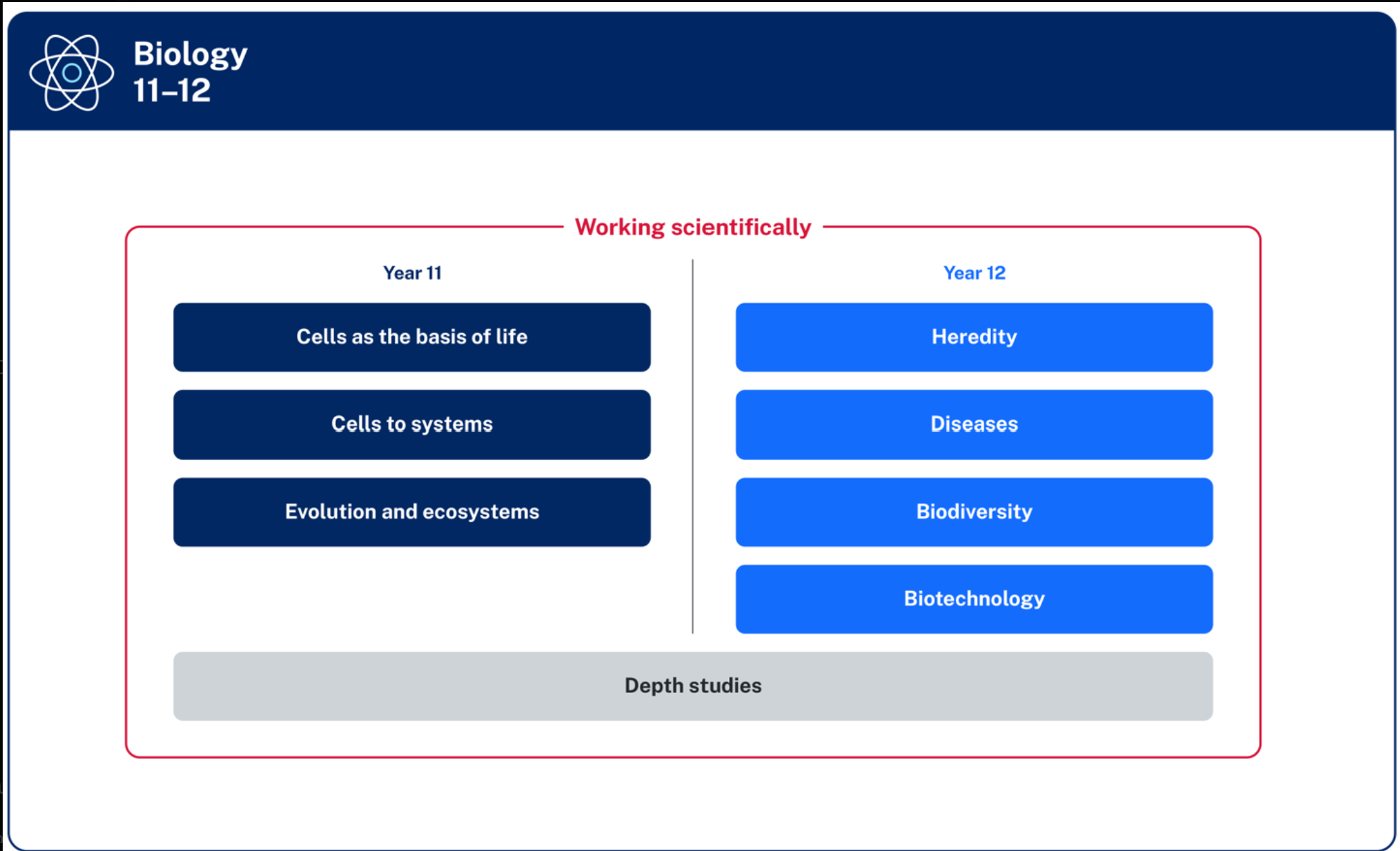 Staying motivated during a long school term can be tough. The initial excitement of a new year or semester often fades, and exams or holidays can feel too far away to keep energy levels high. But maintaining motivation is key to avoiding burnout and keeping your academic performance consistent — especially in subjects like maths and science where skills build over time.
Staying motivated during a long school term can be tough. The initial excitement of a new year or semester often fades, and exams or holidays can feel too far away to keep energy levels high. But maintaining motivation is key to avoiding burnout and keeping your academic performance consistent — especially in subjects like maths and science where skills build over time.
One of the best ways to stay motivated is to set small, achievable goals. Break down your workload into weekly or even daily targets. Instead of thinking “I need to study for my physics exam,” aim for “I’ll review one topic a day this week.” These micro-goals give you a sense of progress and help maintain momentum.
Routine also plays a major role. Having set times for study, rest, exercise, and socialising creates structure and helps reduce the mental energy spent deciding what to do next. It’s easier to get started when it’s just “what you do at that time.”
Tracking your progress — using a checklist, planner, or even a simple notebook — can also keep you engaged. Ticking off completed tasks provides a small reward and a clear visual of how far you’ve come.
Don’t forget to celebrate small wins. Finished your assignments on time this week? Reward yourself with a break, a snack, or a fun activity. Recognising progress boosts morale and builds positive reinforcement.
Lastly, surround yourself with positive influences — peers, teachers, or tutors who encourage you and hold you accountable. Even short tutoring sessions can help you refocus and regain clarity when motivation dips.
Remember: staying motivated isn’t about always feeling enthusiastic — it’s about having habits and systems that keep you going even when you’re not. That’s the real key to long-term success.
julian podgornik


